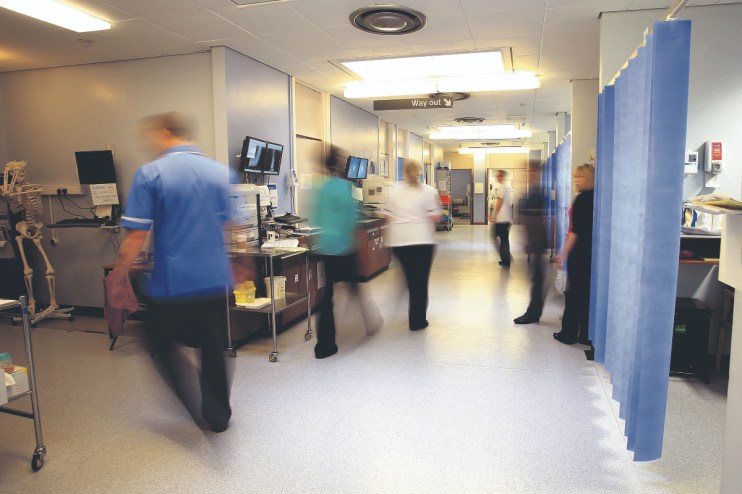
As the government continues its push to expand the NHS app in an effort to reduce waiting times and improve efficiency, concerns are mounting over the potential drawbacks and accessibility of the app for all patients.
The Department of Health and Social Care recently announced that the expanded NHS app has already helped prevent 1.5m missed appointments, saving millions of staff hours and improving patient access to care.
Across the UK, 87 per cent of hospitals now offer services via the app, a significant jump from 68 per cent recorded in July 2025.
These efforts are seen as part of the government’s broader ‘plan for change’, aimed at slashing NHS waiting lists.
Sir Keir Starmer, in a statement on Monday, touted the app as a key innovation to help tackle the NHS’s persistent issues.
Health secretary Wes Streeting echoed this sentiment, emphasising the positive impact of digital tools on patient care.
“This government is doing things differently. Every missed appointment and wasted staff hour saved means another patient getting the care they need”, he said.
Doubts and drawbacks
A significant challenge remains for the older and less tech savvy patients who may struggle to adapt to the digital shift.
The government has committed to offering support through libraries and other initiatives, but the move to a fully-fledged digital system raises questions about equitable access to healthcare services.
Critics have argued that a purely digital approach could exacerbate health inequities and leave those without reliable internet access at a disadvantage.
Saffron Cordery, interim chief executive of NHS Providers, cautioned that, while digital tools can enhance patient care, the government’s approach may be overly ambitious without addressing underlying issues.
She said: “Any innovations that give patients more control over their care, reduce the risk of missed appointments and free up valuable staff time so they can focus on patients are a step in the right direction.
“However, trust leaders know that not everyone has access to or feels comfortable using technology”.
“If we go hell and leather with one focus on getting waiting times down, we’re really just going to undermine our own efforts”, she also stated.
Wider pressures to modernise
The expansion comes amid ongoing pressure on emergency services, with a recent report from the Health Foundation highlighting worsening A&E wait times and the NHS’s struggles to cope with demand.
While the government’s push for digital NHS is driving improvements in elective care, experts caution that digital tools alone may not be enough to solve the NHS’s deeper structural issues.
Dr John Dean, clinical vice president of the Royal College of Physicians, echoed this sentiment, noting that while the app “will lead to better more connected digital systems that work better for staff and patients”, the NHS must also address workforce shortages and systemic inefficiencies.
However, as waiting lists remain high, many are questioning whether digital solutions will be sufficient to meet the growing demands of the NHS.
The beefing up of the NHS app has shown promising results so far, but it remains to be seen whether these improvements to digital infrastructure alone can spark the root-and-branch reform of the health service promised by the government.